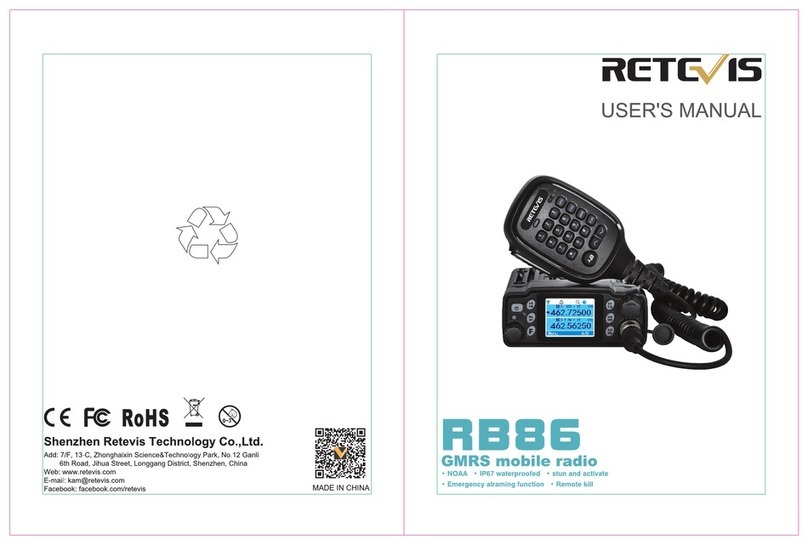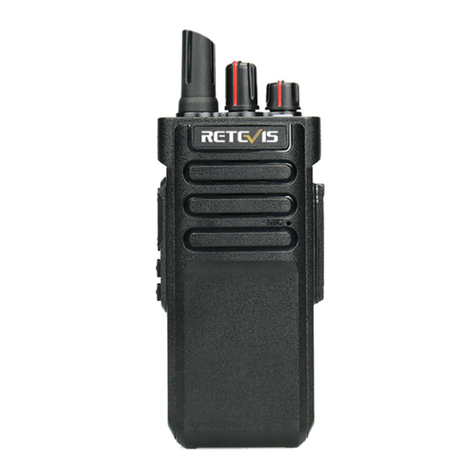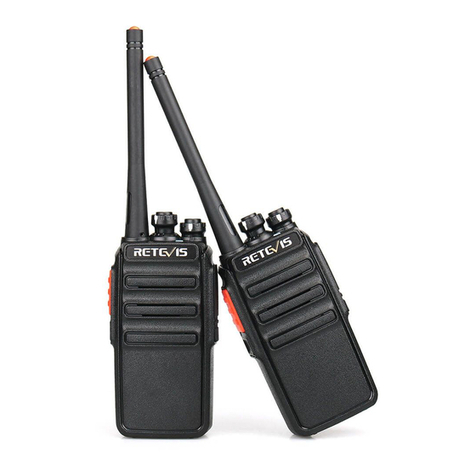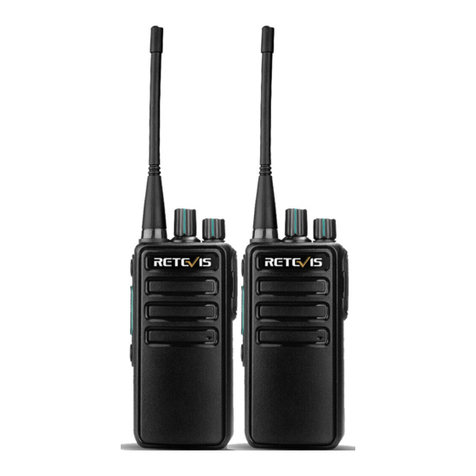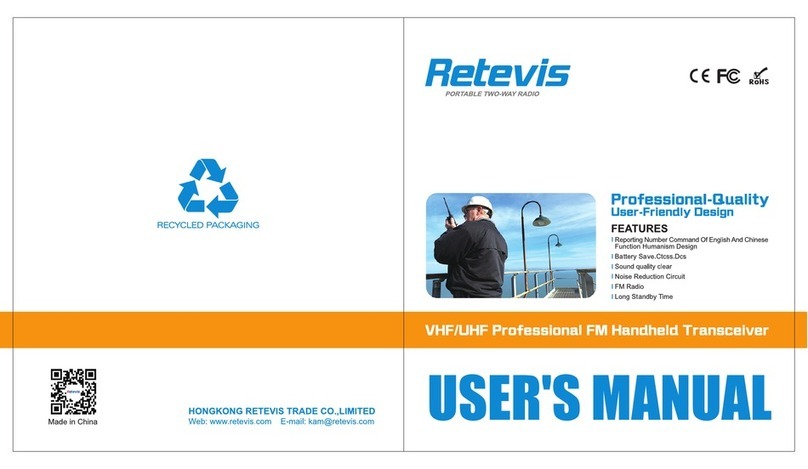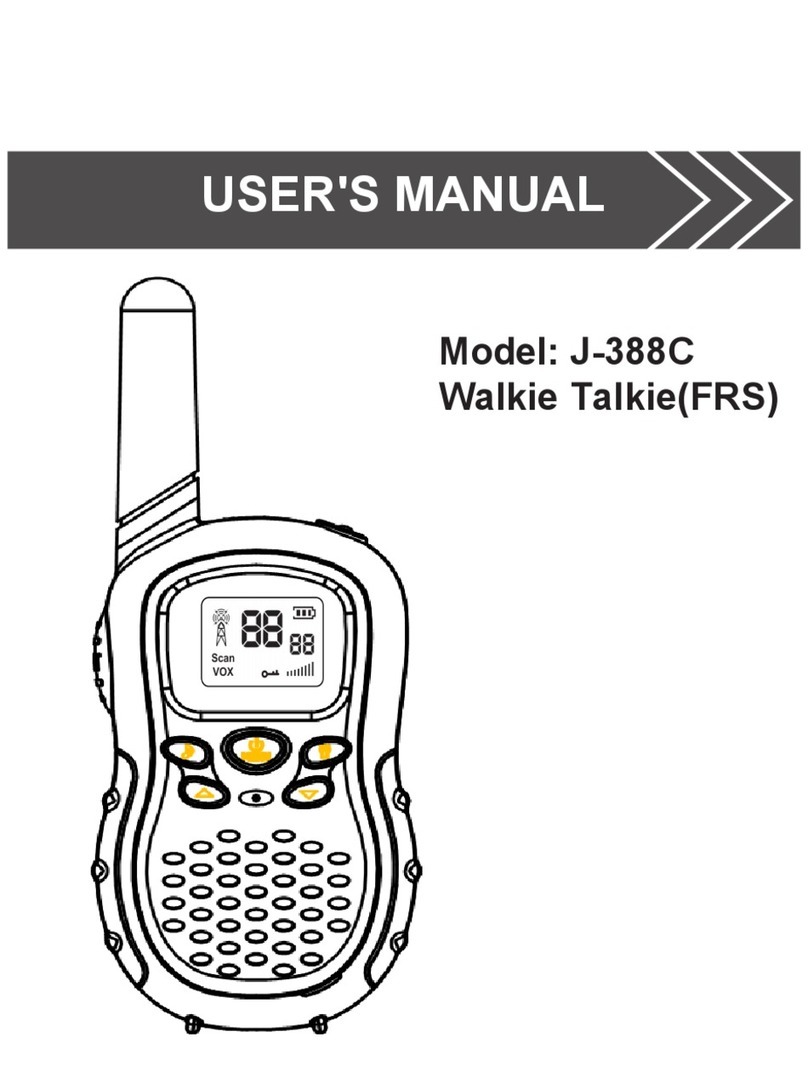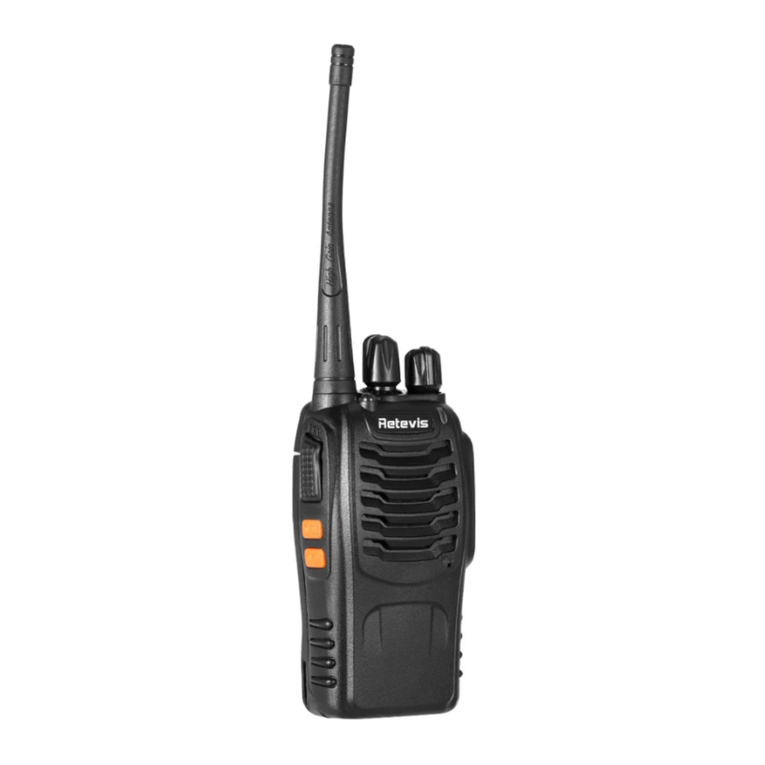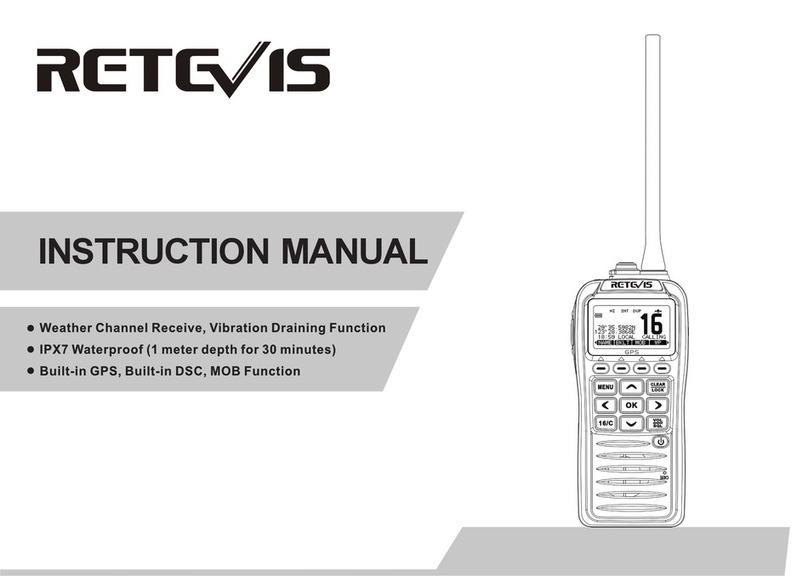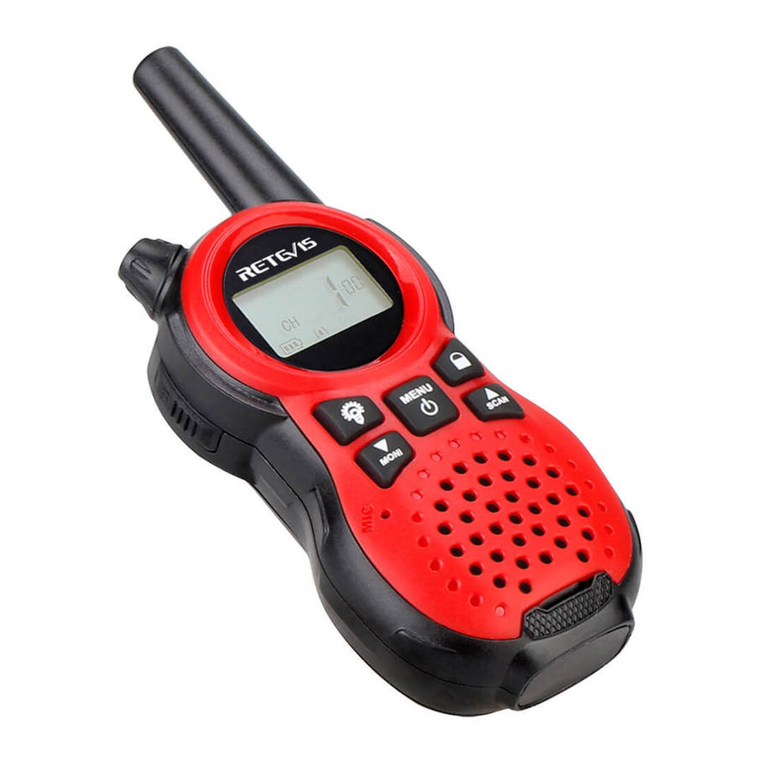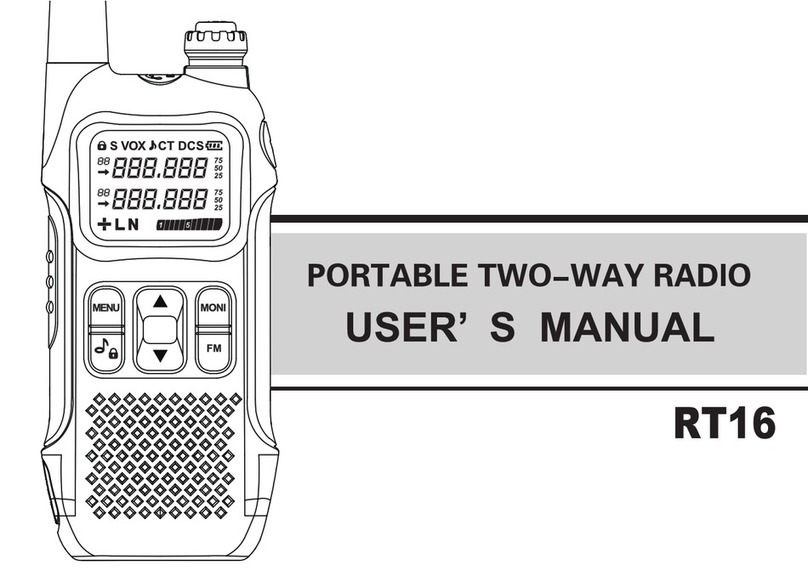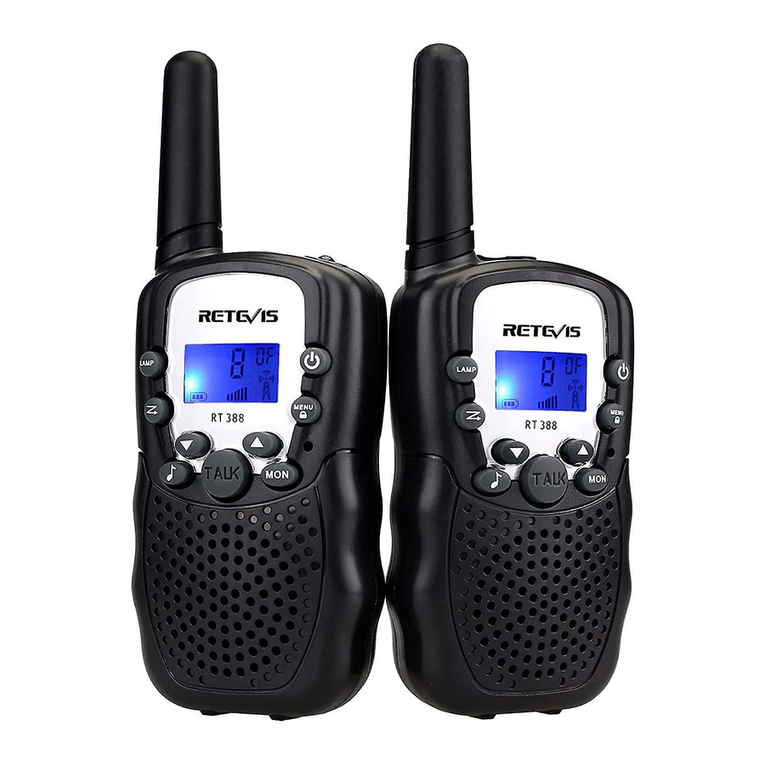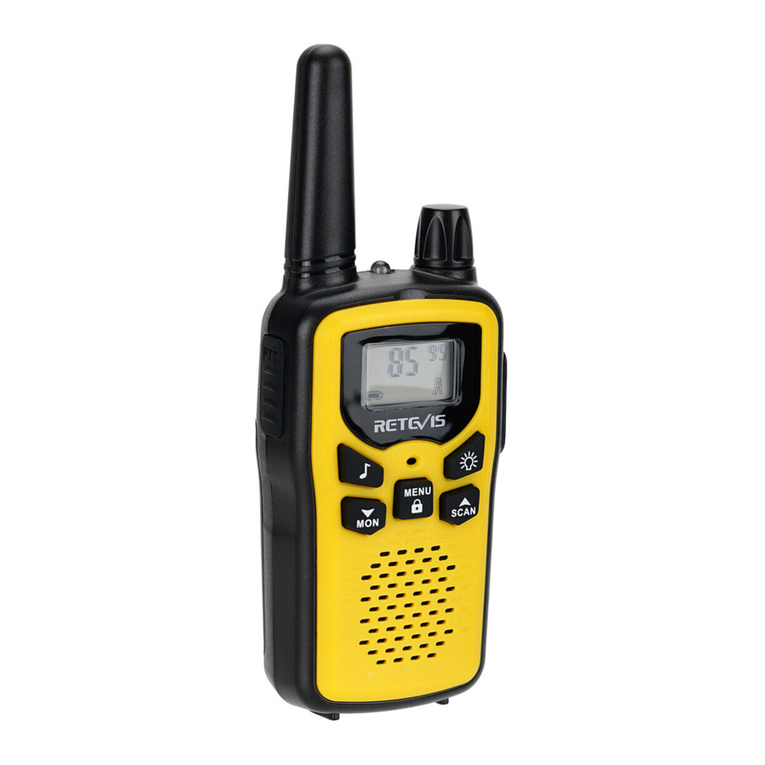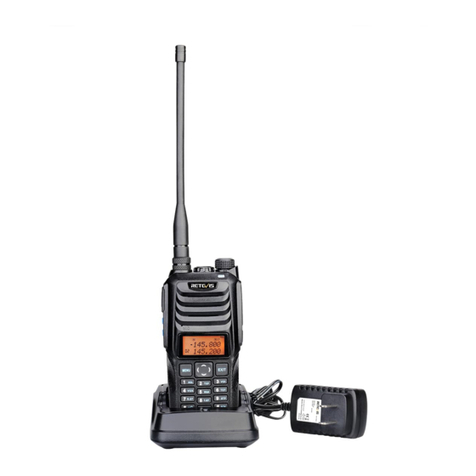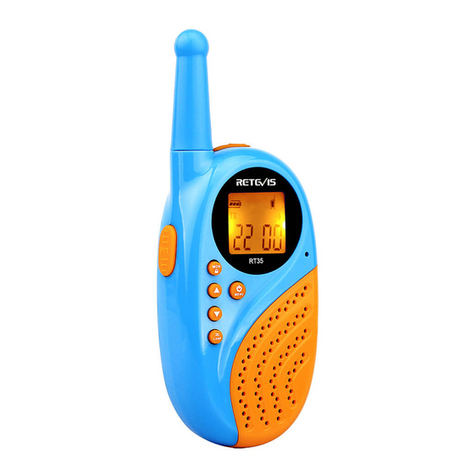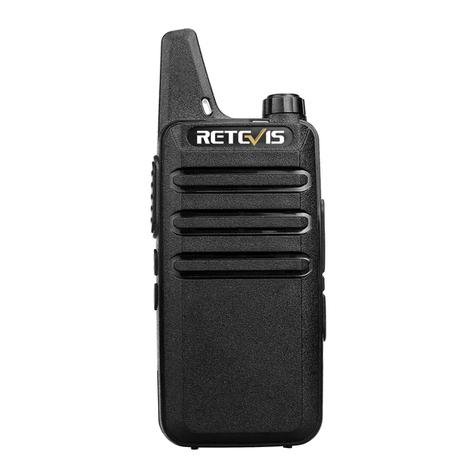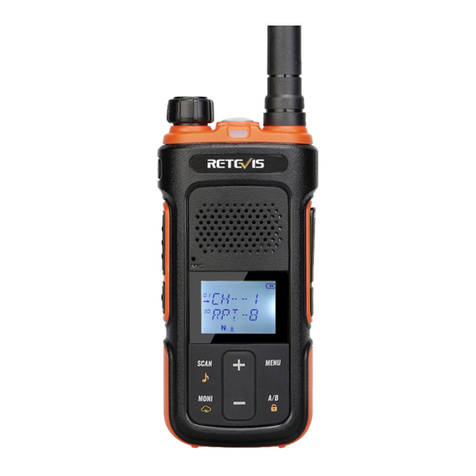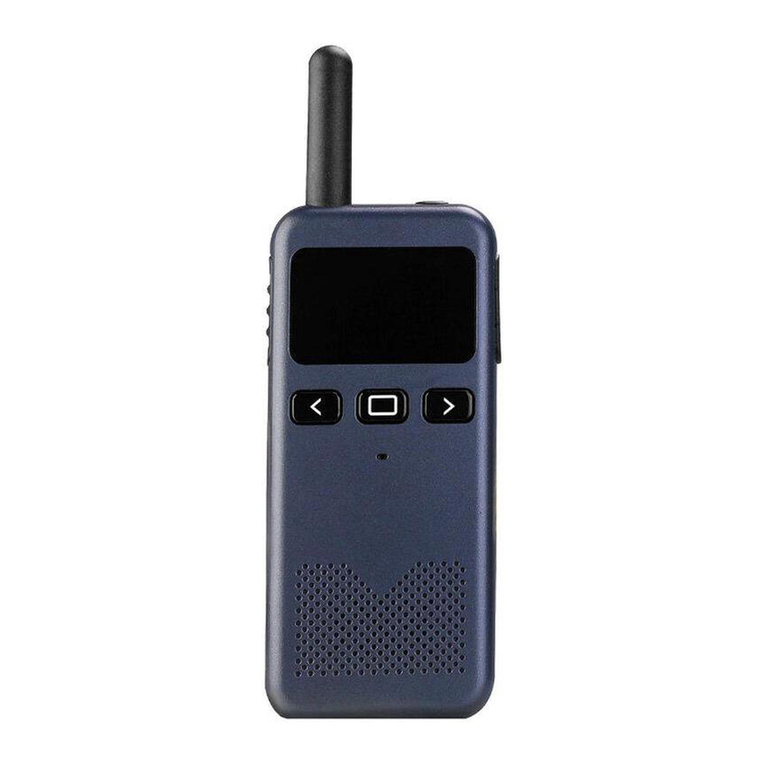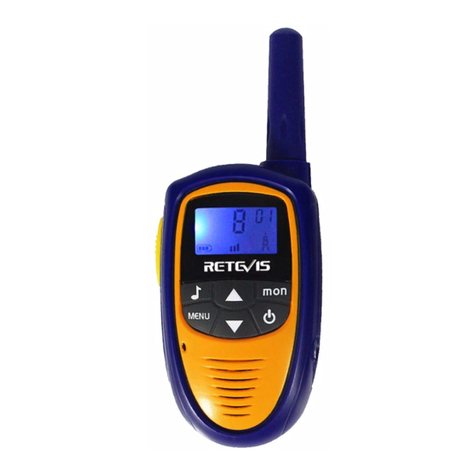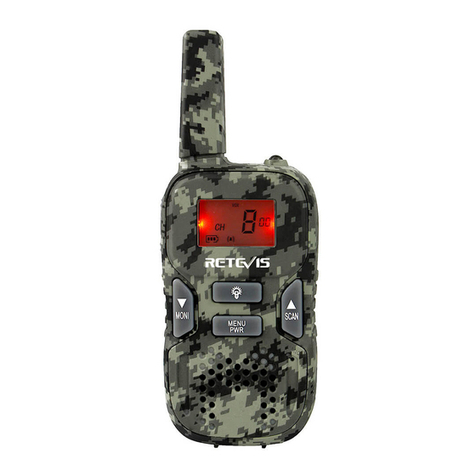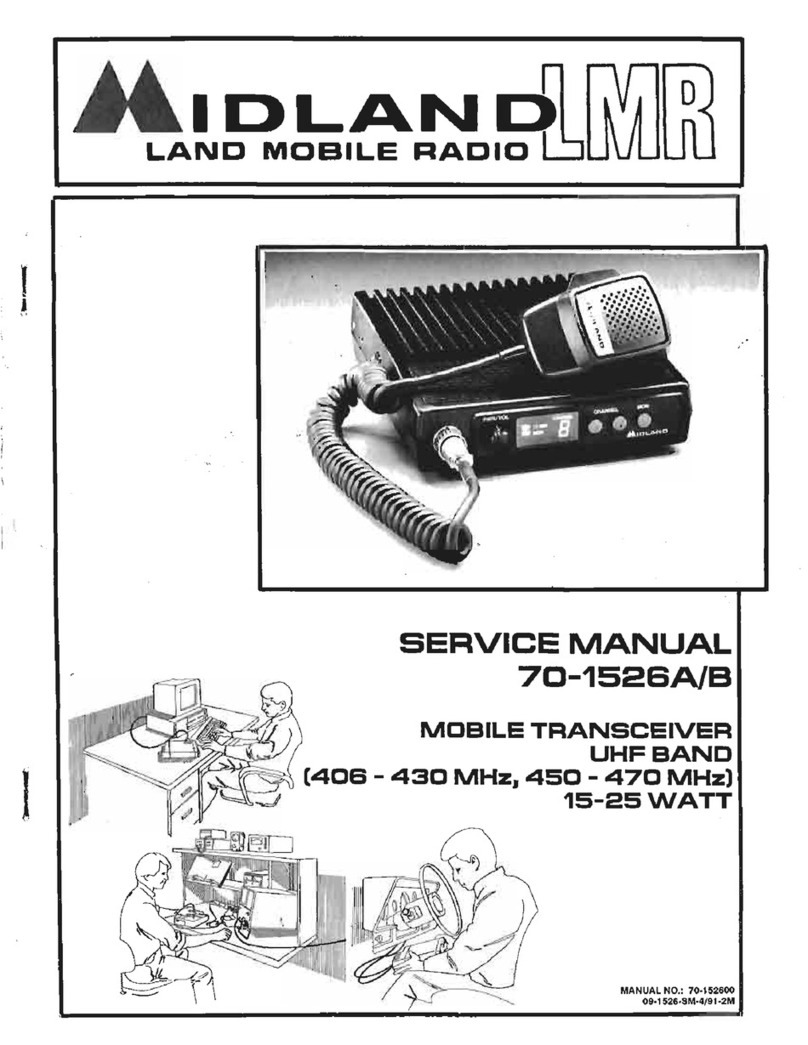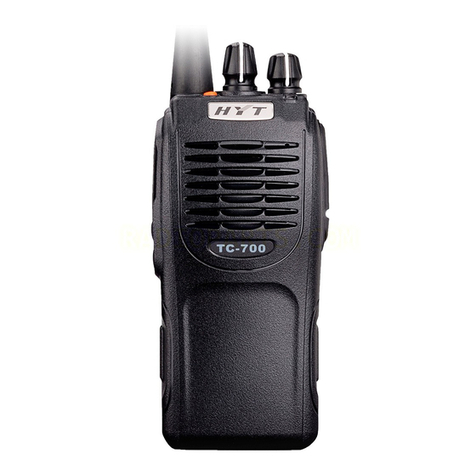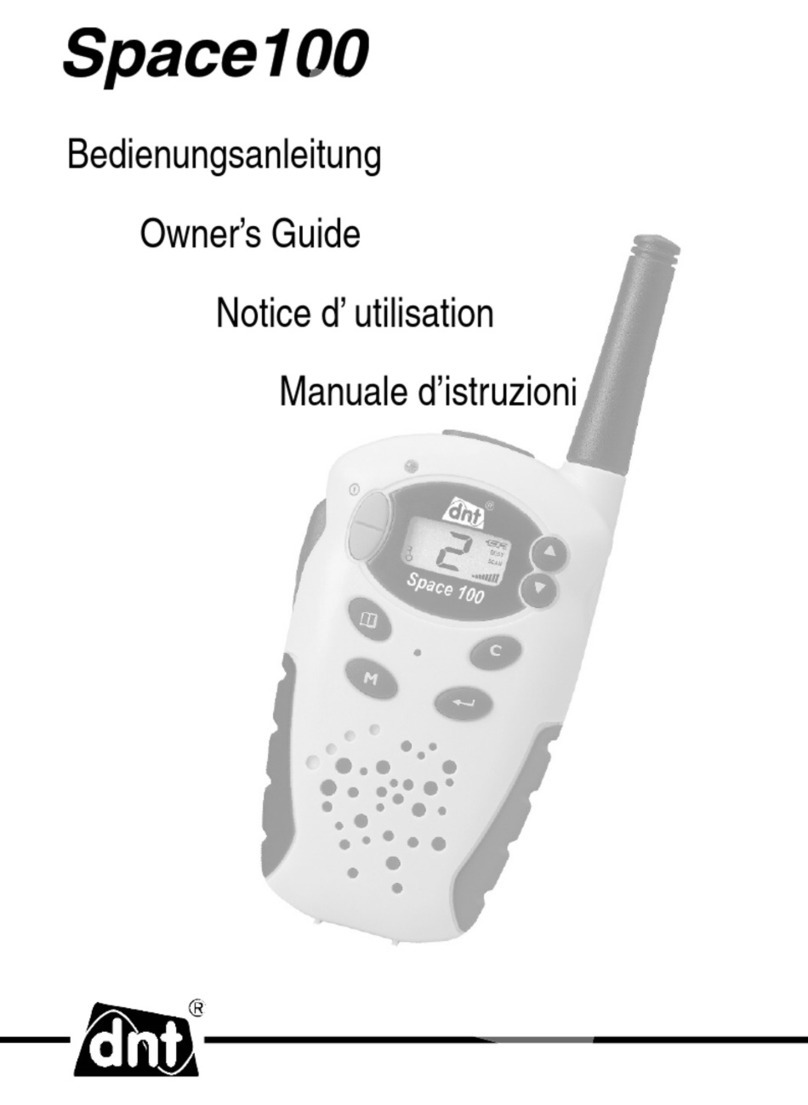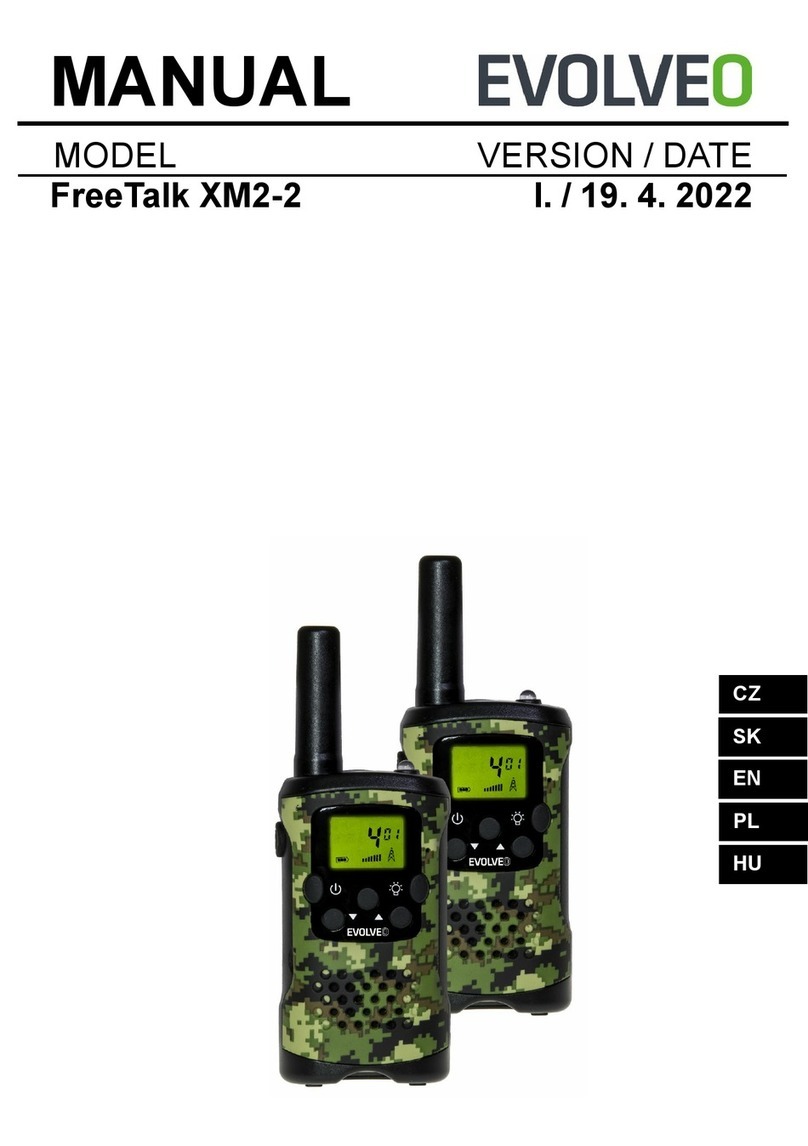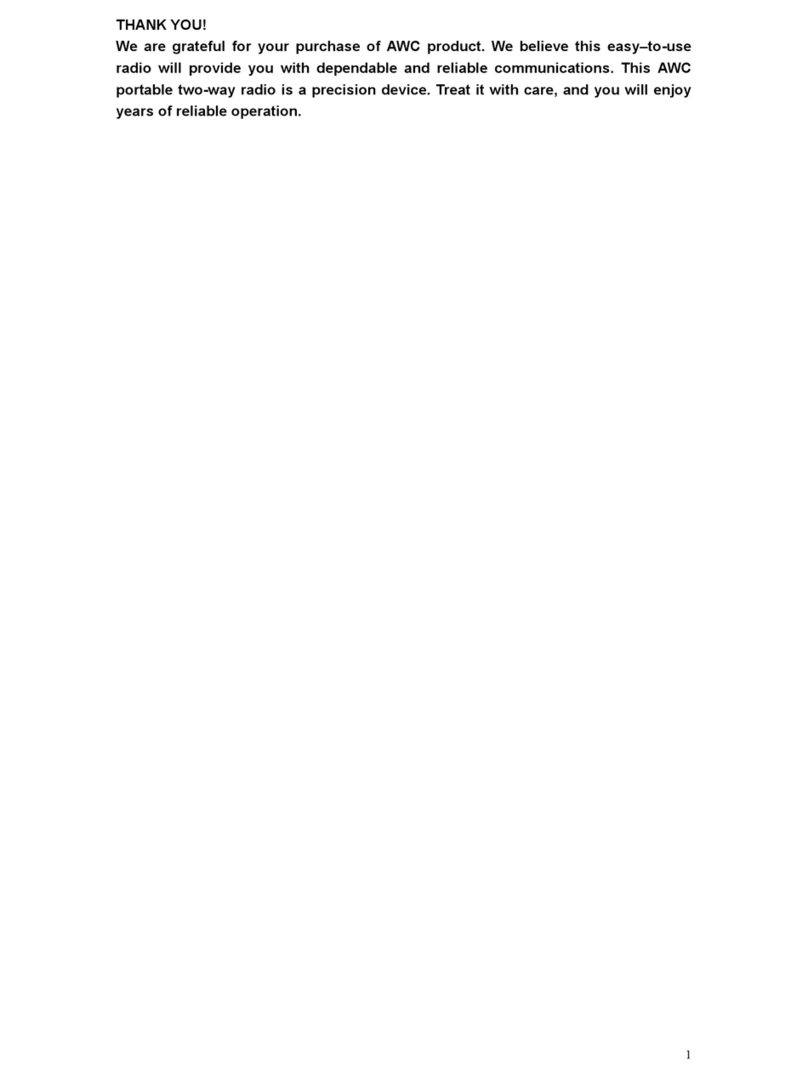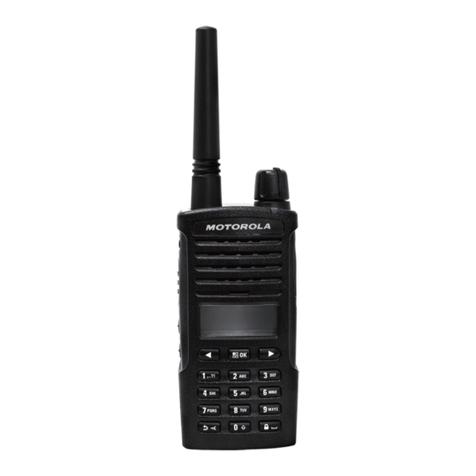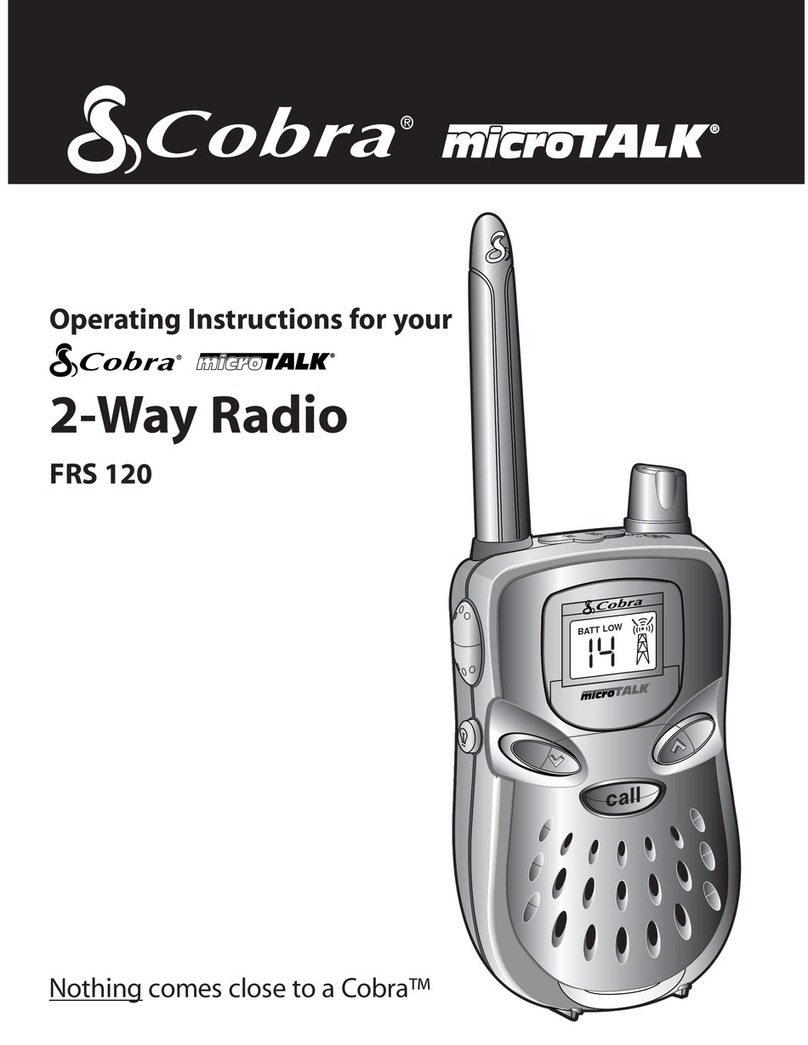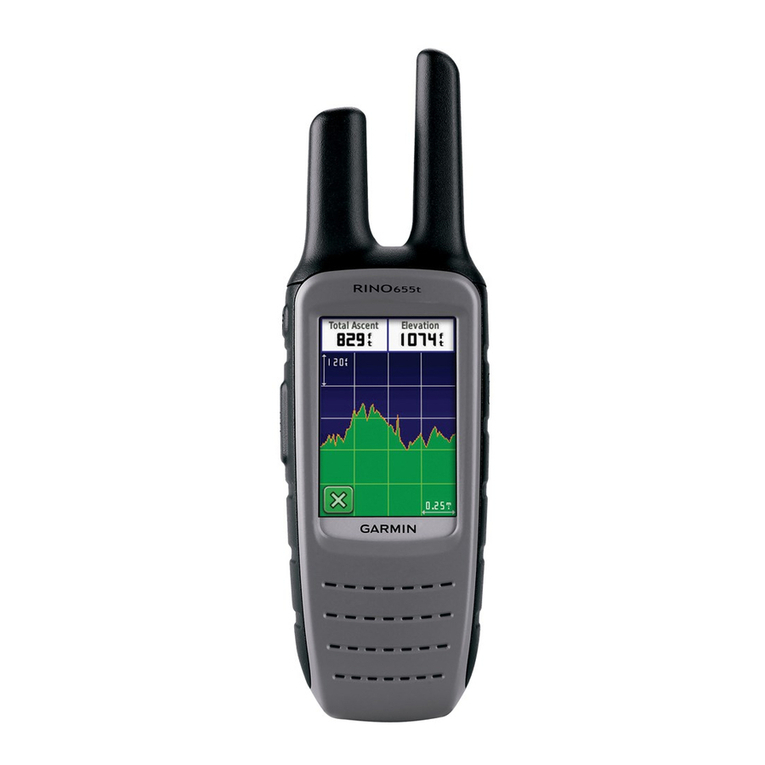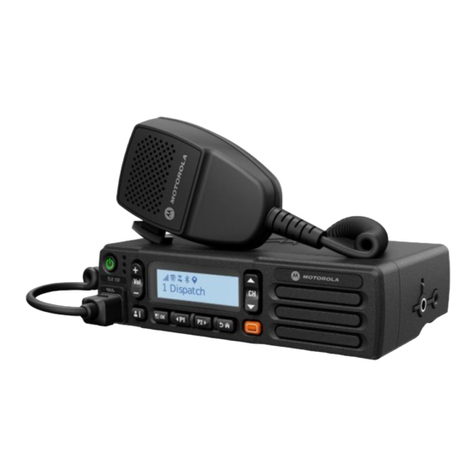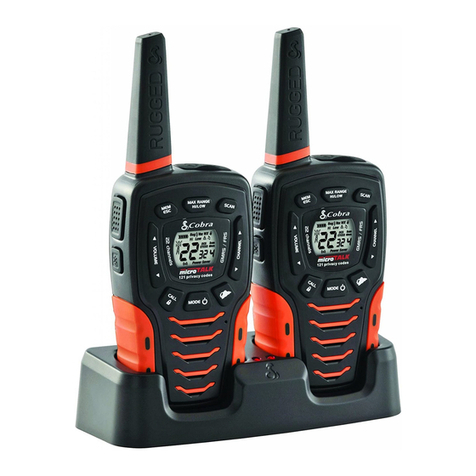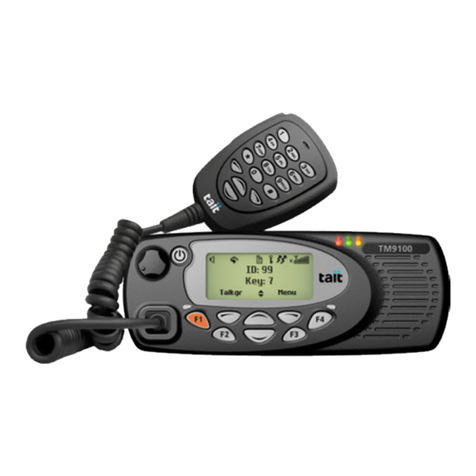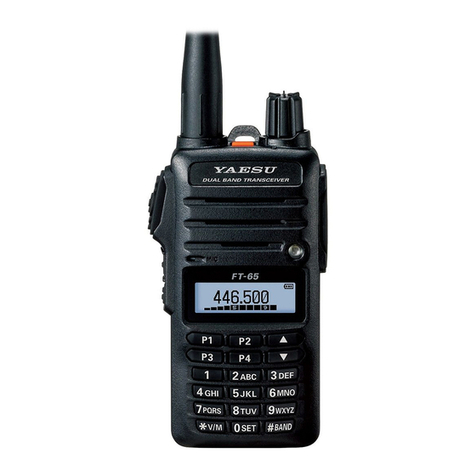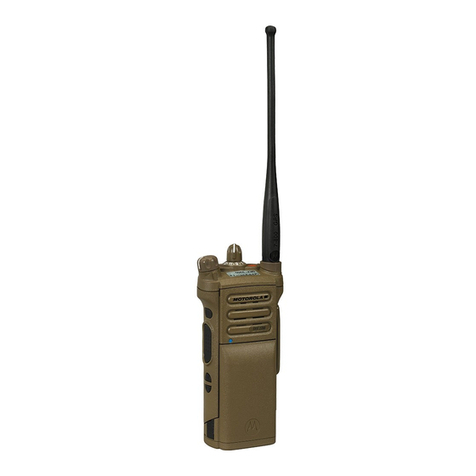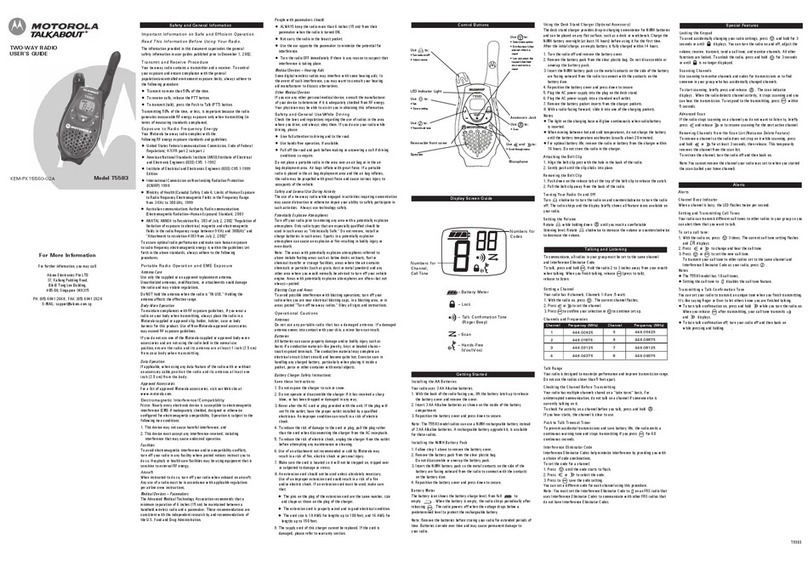
CE Requirements:
•(Simple EU declaration of conformity) Shenzhen Retevis
Technology Co., Ltd. declares that the radio equipment type
is in compliance with the essential requirements and other
relevant provisions of RED Directive 2014/53/EU and the
ROHS Directive 2011/65/EU and the WEEE Directive
2012/19/EU; the full text of the EU declaration of conformity
is available at the following internet address:
www.retevis.com.
•Restriction Information
This product can be used in EU countries and regions,
including: Belgium (BE), Bulgaria (BG), Czech Republic
(CZ), Denmark (DK), Germany (DE), Estonia (EE), Ireland
(IE), Greece (EL), Spain (ES), France (FR), Croatia (HR),
Italy (IT), Cyprus (CY), Latvia (LV), Lithuania (LT),
Luxembourg (LU), Hungary (HU), Malta (MT), Netherlands
(NL), Austria (AT), Poland (PL), Portugal (PT), Romania
(RO), Slovenia (SI), Slovakia (SK), Finland (FI), Sweden
(SE) and United Kingdom (UK).For the warning information
of the frequency restriction, please refer to the package or
manual section.
•Disposal
The crossed-out wheeled-bin symbol on your product,
literature, or packaging reminds you that in the European
Union, all electrical and electronic products, batteries, and
accumulators (rechargeable batteries) must be taken
to designated collection locations at the end of their
working life. Do not dispose of these products as
unsorted municipal waste. Dispose of them according
to the laws in your area.
IC Requirements:
Licence-exempt radio apparatus This device contains
licence-exempt transmitter(s)/receiver(s) that comply with
Innovation, Science and Economic Development Canada’s
licence-exempt RSS(s). Operation is subject to the
following two conditions:
(1) This device may not cause interference.
(2) This device must accept any interference, including
7

